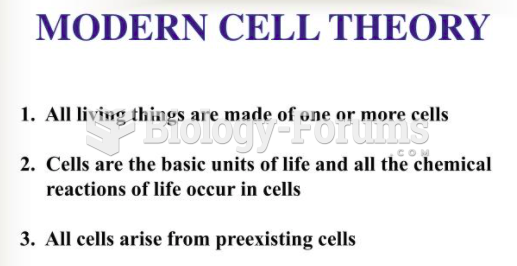Answer to Question 1
An alternative integrative theory of creativity suggests that multiple individual and environmental factors must converge for creativity to occur. What distinguishes the highly creative individual from the modestly creative one is the confluence of multiple factors, rather than extremely high levels of any particular factor or even the possession of a distinctive trait. This theory is termed the investment theory of creativity. The theme unifying these various factors is that the creative individual takes a buy-low, sell-high approach to ideas. In buying low, the creator initially sees the hidden potential of ideas that are presumed by others to have little value. The creative person then focuses attention on this idea. It is, at the time of the creator's interest, unrecognized or undervalued by contemporaries, but it has great potential for creative development. The creator then develops the idea into a meaningful, significant creative contribution until at last others also can recognize the merits of the idea. Some of these contributions may be stunning; others more modest. Once the idea has been developed and its value is recognized, the creator then sells high. He or she then moves on to other pursuits and looks for the hidden potential in other undervalued ideas. Thus, the creative person influences the field most by always staying a step ahead of the rest. In the ideal, students would develop not only a strong knowledge base, but also the skills and attributes discussed here that are essential to creativity.
Answer to Question 2
Certain traits seem consistently to be associated with creative individuals. In particular, creative individuals tend to be more open to new experiences, self-confident, self-accepting, impulsive, ambitious, driven, dominant, and hostile than less creative individuals. They also are less conventional. Often underlying creativity are flexible beliefs and broadly accepting attitudes toward other cultures, other races, and other religious creeds.
Some investigators have focused on the importance of motivation in creative productivity. One may differentiate intrinsic motivation, which is internal to the individual, from extrinsic motivation, which is external to the individual. For example, intrinsic motivators might include sheer enjoyment of the creative process or personal desire to solve a problem. Intrinsic motivation is essential to creativity. Extrinsic motivators might include a desire for fame or fortune. Extrinsic motivators actually may impede creativity under many but not all circumstances







